10 °c Wind speed: 21 km/h Precipitation: 95 % Cloudiness: 57 % Humidity: 87 mm Pressure: 95 mb
The Irish Workhouse Centre
Saint Brigids Road 21
Portumna
G
H53 EA39
Ireland
Description
Okay, this is a tough one, but an important one. It's The Irish Workhouse Centre in Portumna, County Galway. Now, "enchanting" isn't the word you'd use here—"haunting" is probably closer to the mark. But stick with me, because stepping inside these walls is a journey, a pretty unforgettable one, that really gets to the heart of what shaped Ireland. It's about hardship, yes, an incredible amount of it, but it's also, if you look closely, about the sheer, stubborn strength of people. This isn't just a museum; it's like walking right into a chapter of history, a chapter that needs to be known.
So, Why Build These Places Anyway? The Story Behind the Workhouses
To get your head around the Portumna Workhouse, you first need to know why these places even existed. Back in 1838, the British government brought in something called the Irish Poor Law Act. Ireland was struggling with massive poverty, and this was their answer. The country was carved up into 130 areas, or "Unions," and each one had to build a workhouse. The idea? Well, it was meant to give relief to absolutely desperate people, the poorest of the poor. But here’s the kicker: they deliberately made life inside the workhouse worse than the life of the poorest person struggling outside. Sounds bonkers, right? But the thinking was, if it's truly grim, only those with absolutely no other choice would go in. Portumna, like towns all over Ireland, got its workhouse, and life there changed forever.
Bricks and Mortar, Misery and Rules: What Portumna Workhouse Looked Like
The Portumna Workhouse building itself tells you a lot. Most of it is still standing, carefully looked after now, and it's a chilling reminder of its original purpose. These places weren't designed to be cosy. They were often built to a standard, pretty forbidding plan—think more prison than a place of help. High stone walls, small, often barred windows, and yards segregated by yet more walls. It screamed "discipline" and "you're not here for a holiday."
The second a starving family arrived, they were split up. Men one way, women another, boys and girls to different sections again. Can you imagine? Being torn from your kids or your partner when you were at your absolute lowest? That was the rule. You can still walk through the very rooms: the waiting room where people's fates were decided, the stark dormitories where they slept on basic beds, the big dining hall (where silence was often the rule at mealtimes), the old infirmary, the schoolrooms, the work yards, and yes, even the original turf shed that would have stored fuel for the fires. Each space has a heavy sort of quiet now, but if you listen hard, you can almost hear the echoes of the thousands who passed through.
When the Hunger Hit Hard: The Famine and Portumna's Walls
Conditions in the workhouses were already terrible, but then came the Great Famine in the 1840s. Year after year, the potato crop, which served as the main food for countless Irish citizens, collapsed. Starvation and disease ran rampant throughout the nation. And the workhouses? They were completely overwhelmed. Portumna's workhouse was not an exception. Desperate, starving, and sick people flooded its gates, searching for the slightest chance of respite.
But such places were not equipped to handle this degree of disaster. Because of this, workhouses became dangerously overcrowded. Typhus, cholera, and dysentery were only a few of the many diseases that could be found within workhouses. These diseases spread quickly, killing more people than starvation itself. The porridge and bread provided were insufficient to nourish people already weakened from over a year of starvation. Countless people lost their lives due to this. Temporarily constructed "fever sheds" were built to isolate patients, while mass graves became an unfortunate necessity. The Irish Workhouse Centre in Portumna does not hide how awful this period was. Using primary sources and displays, it demonstrates the extent of the tragedy.
A Day in the Life: Inside Those Walls
So, what was it actually like for the people cooped up inside Portumna Workhouse? Well, it was a daily grind of hard work, hardly any food, and a total loss of dignity. The first thing that happened when you went in was that they took your own clothes and gave you a rough workhouse uniform. Everyone looked the same, another way to strip away who you were.
The day was run by bells—when to get up, when to eat your miserable meal, when to work, when to sleep. And the work? It was often pointless and back-breaking, designed to put people off staying. Men might be breaking stones or crushing bones (to make fertiliser—grim, eh?). Women usually did laundry, sewing, or spinning. Even the kids had to do their bit. And as mentioned, meals were often eaten in silence. No chatting, no comfort from your family (who were in a different part of the building anyway). It was a system designed to crush your spirit, not just keep your body barely alive.
Finding the People in the Paperwork: Real Lives, Real Stories
What makes The Irish Workhouse Centre in Portumna so incredibly powerful is how it tries to find the human stories behind the cold, hard facts. Official records often just list names and numbers, but the Centre works hard to bring these forgotten people back to life, even if just a little. They've dug into old account books, meeting minutes from the people who ran the workhouse, and local history, and sometimes little bits of personal stories pop out. You might see displays with the names of families who were admitted, how old the children were, why they were there (often just written as "destitute"—no food, no home, nothing), or what sicknesses they eventually died from.
These tiny glimpses into real lives—a mother trying to keep her kids alive, an old person with nowhere else to turn, a child all alone—they hit you hard. They turn the awful history of the workhouse system from something you read about into something you feel. The guides at the Centre, often local people who know their stuff, are brilliant at sharing these personal bits, making the whole experience incredibly moving. It's about remembering that these weren't just "paupers;" they were people.
Why We Can't Afford to Forget: Portumna's Unforgettable Lesson
The Irish Workhouse Centre in Portumna is an incredibly unique place. It is an Irish historical workhouse memorial experience for families with children. Visitors can see old age homes and learn about the hardships people endured and how they managed to survive. This centre also teaches visitors more significant lessons about history through tours and storytelling.
The blending of history's hard facts alongside humanity's timeless touch through personal stories can foster deeper connections. Each visit provides a new layer to Ireland's extensive history, unveiling the events that shaped the nation along with instilling immense admiration for the unwavering spirit of its people. What echoes from Portumna's Workhouse remains a dire call for compassion and, like so many other accounts, demands the attention of all. This story, no matter how often shared, will always need to be told.
#irishhistory #workhouse #greatfamine #irishheritage #historicaltourism #countygalway #irishculture #historicalpreservation #memorial #humanstories #povertyhistory #irishmuseums #historicaleducation #familyhistory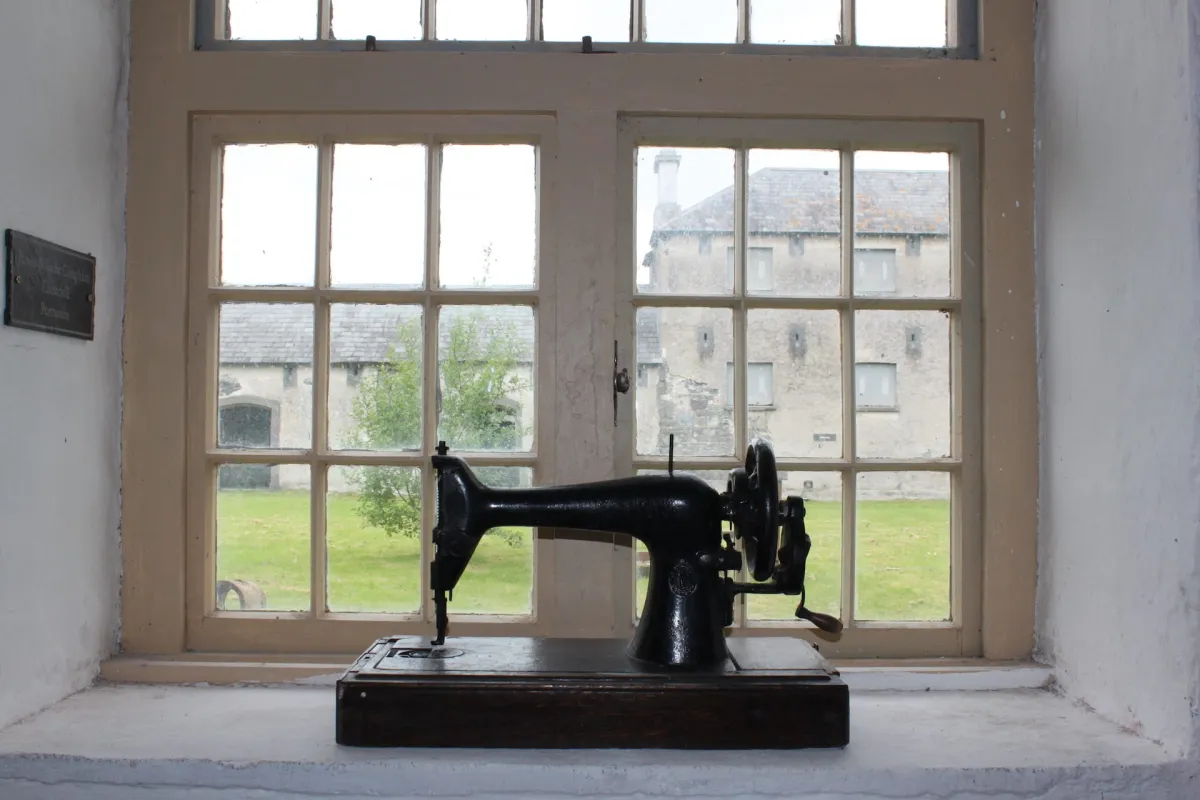
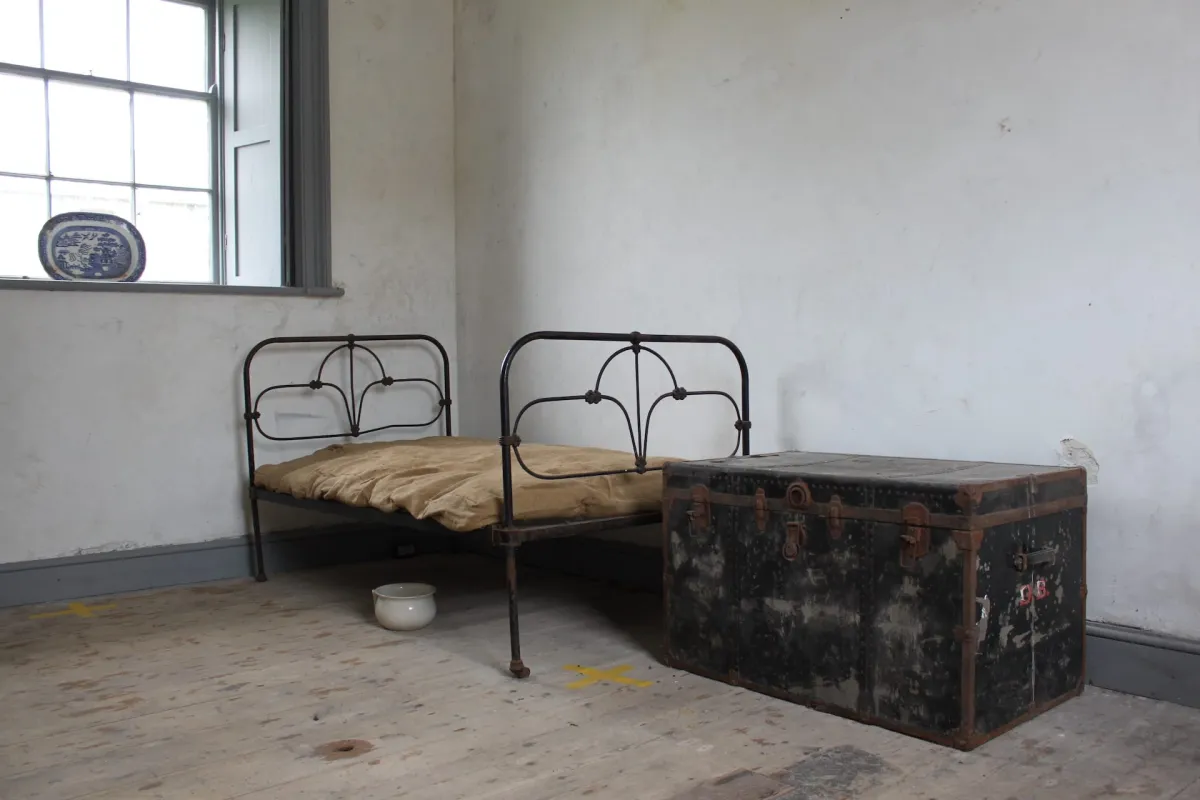

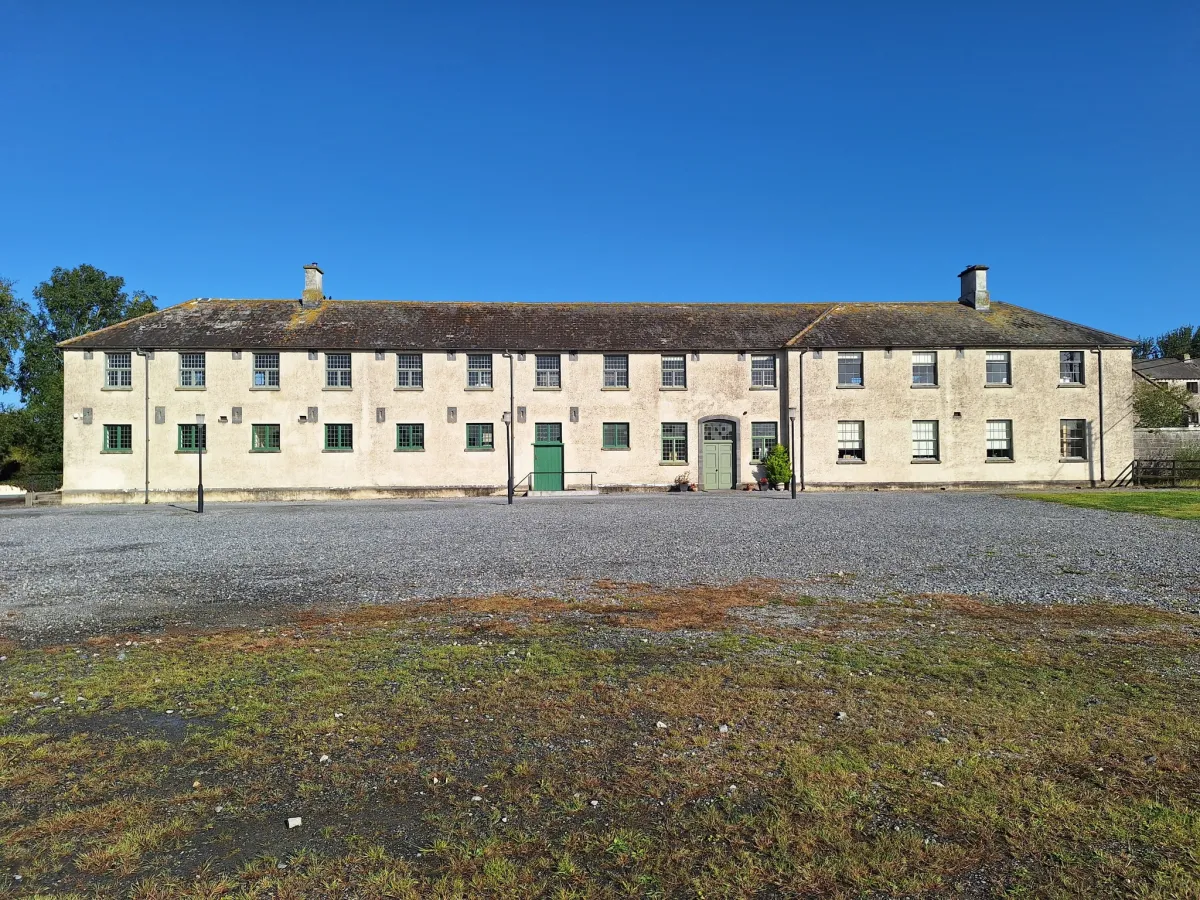
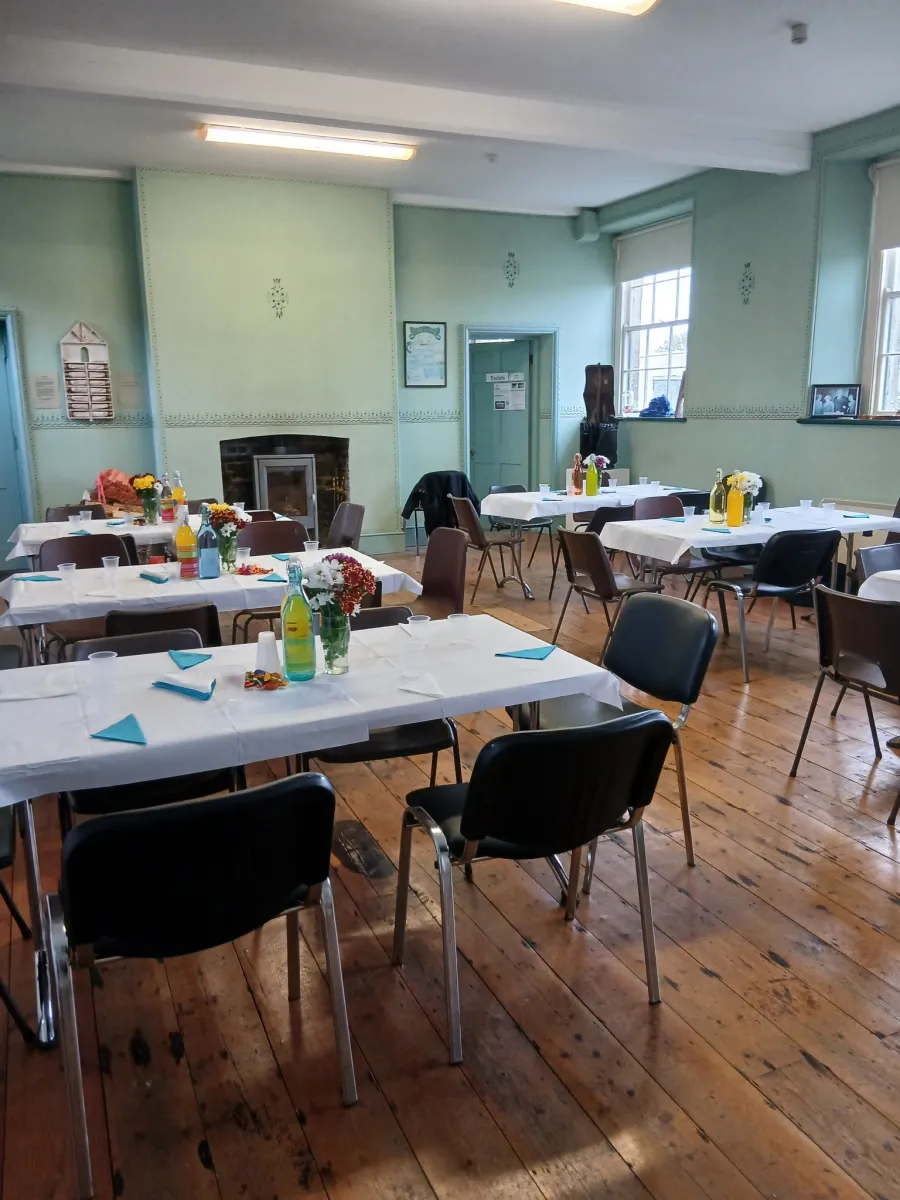
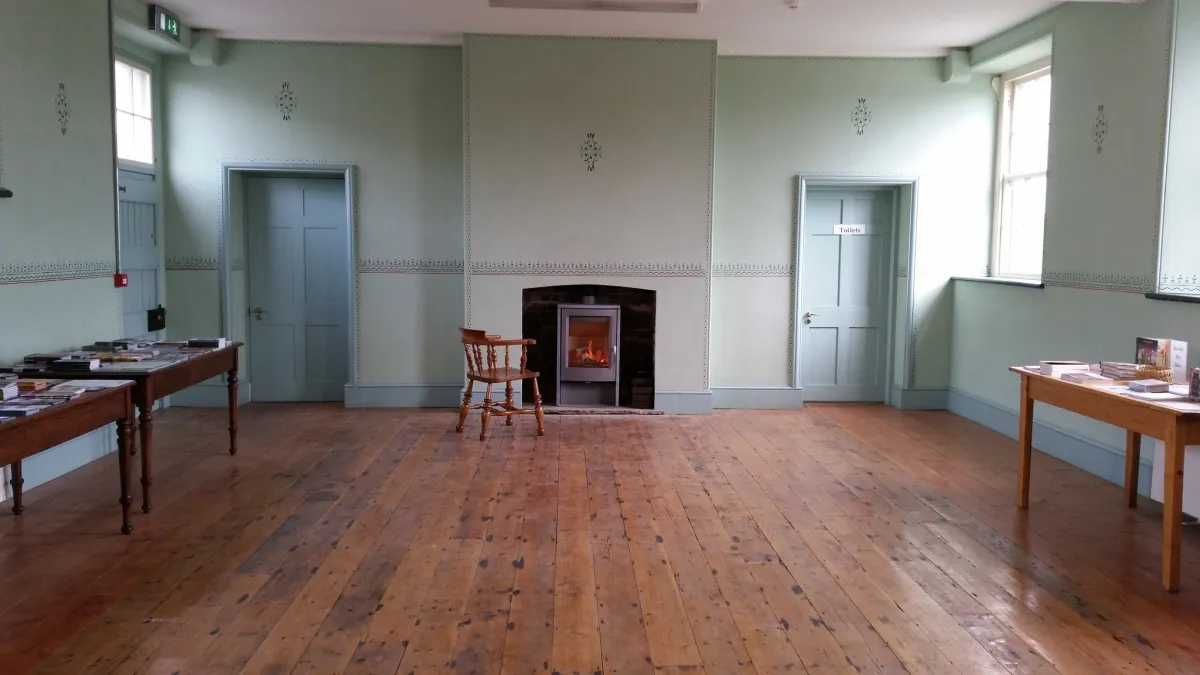
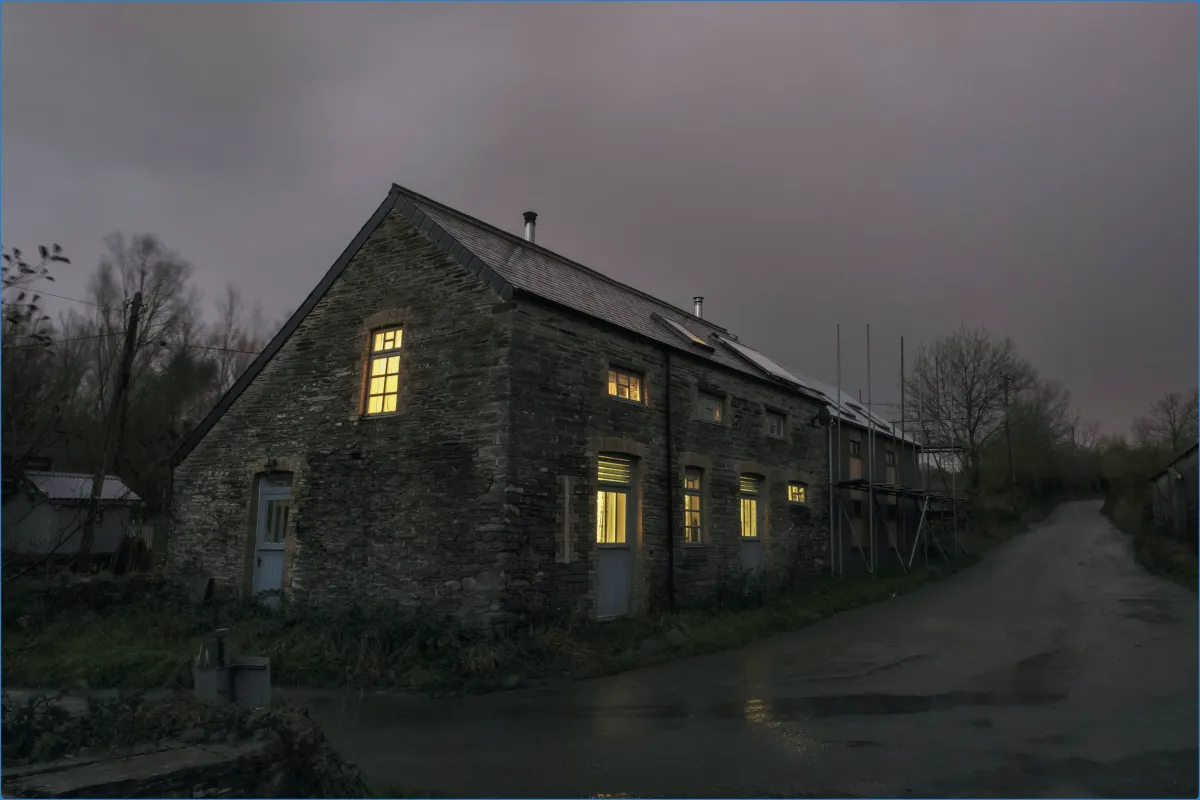


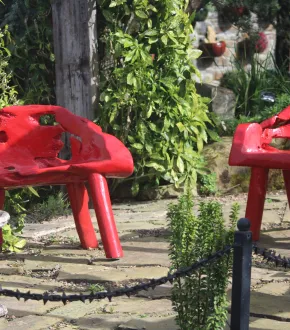

Comments